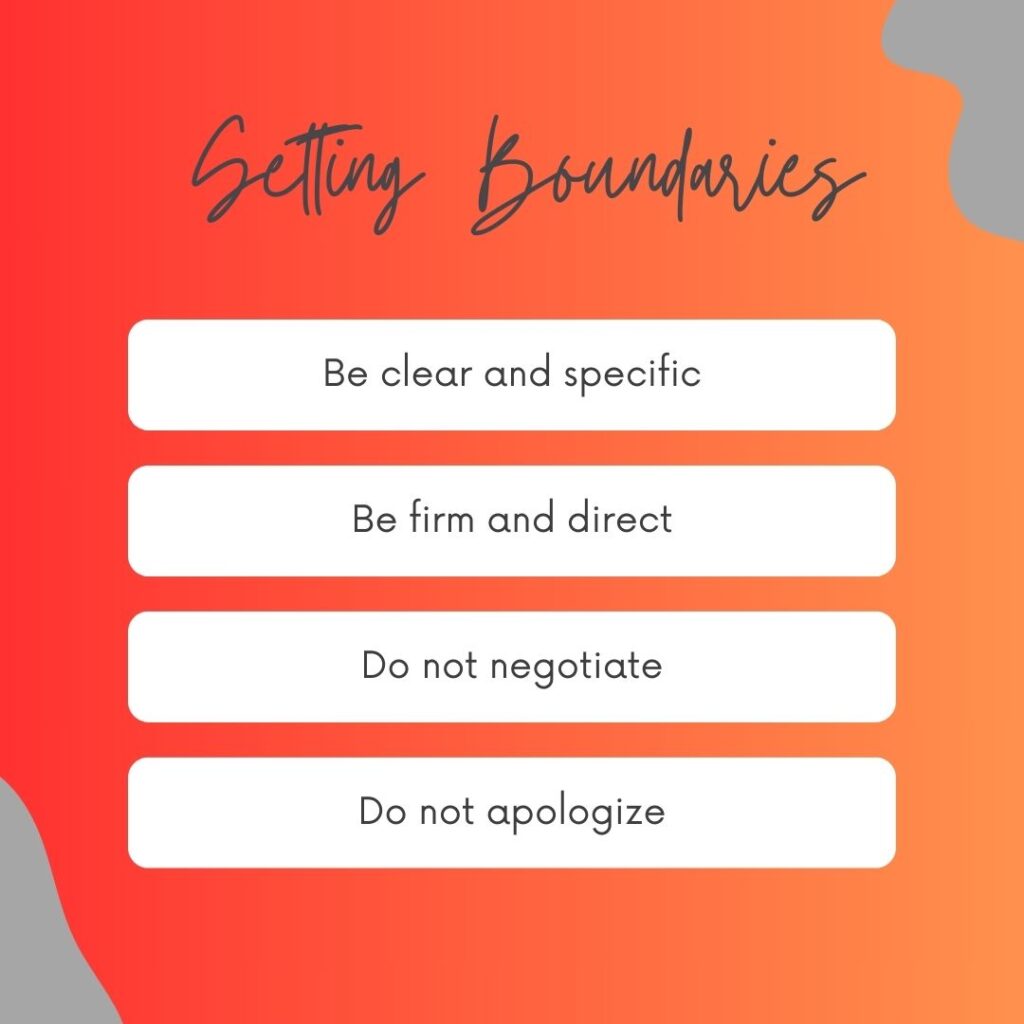As Aestheticians, we’ve learned that our primary goal is to help clients achieve healthy, glowing skin. However, the journey to achieving this is not just about treatments and products; it’s also about maintaining a professional relationship built on mutual respect and understanding. One key aspect of this relationship is learning to set and maintain clear boundaries with clients.
Why Boundaries Matter
1. Professionalism:
Boundaries help maintain a professional atmosphere for any practice. They ensure that both you and your clients understand the limits of your professional relationship, which helps prevent misunderstandings and maintains respect.
2. Client Expectations:
Clear boundaries help manage client expectations. By communicating what services you DO offer and the scope of your expertise, clients are less likely to demand treatments that are outside your licensing scope or unrealistic in terms of results. I’ve done this by explaining this during Consults and sending home clients with written-out/printed post-care instructions Ive made through Vista-Print.
3. Work-Life Balance: Setting boundaries helps you maintain a healthy work-life balance. It’s essential to kick feelings of burnout and ensure that you can provide the best care for your clients without compromising your personal time and energy. Start with business hours and just do NOT answer the phone or text clients outside of those hours.
4. Legal and Ethical Standards: Boundaries also ensure compliance with legal and ethical standards in the skincare industry. This includes respecting privacy laws and maintaining confidentiality with client information. Making a YouTube channel or posting Reels on Social Media can help get your message across.

How to Set Boundaries
1. Clear Communication: At the beginning of your client relationship, communicate your policies regarding appointments, cancellations, and late arrivals. I use “gatekeeping” pop-ups on my scheduling software that compels clients to accept terms before scheduling. This has helped to set expectations from the start.
2. Define Service Scope: Clearly outline the services you provide and any associated costs. Some states require pricing to be posted in house. Make sure clients understand the time and resources required for each treatment.
3. Be Consistent: Consistency is key when enforcing boundaries. Apply your policies equally to all clients to avoid favoritism or misunderstandings.
4. Address Issues Promptly: If a client oversteps a boundary, address it promptly and professionally. For example, if a client frequently cancels last-minute, remind them of your cancellation policy. I have at times, fired clients for this very reason. I warn them in person, by phone and finally in writing.
5. Practice Empathy: While maintaining boundaries, it’s important to listen to your clients and show empathy. Understanding their needs and concerns can help you enforce boundaries in a way that feels supportive rather than punitive.
Handling Challenging Situations
Dealing with clients who push boundaries are always. Here are some helpful strategies:
- Stay Calm: Maintain a calm and professional demeanor. Responding emotionally can escalate the situation. I allow a person to speak first and then interject. This makes them feel heard.
- Use “I” Statements: Frame your responses using “I” statements to express your feelings and maintain control of the conversation. For example, “I feel uncomfortable when…”
- Offer Solutions: If a client is demanding more than you can provide, offer alternative solutions or refer them to another professional who may better meet their needs.
In the End…
Setting and maintaining boundaries is essential for any aesthetician aiming to provide high-quality service while ensuring a healthy, professional relationship with clients. By establishing and maintaining clear boundaries, you not only protect your practice but also enhance the client experience, leading to more satisfying and successful outcomes for both parties.
Remember, boundaries are not about restricting your clients but about creating a safe and respectful environment where you, your business, and your clients can thrive.

